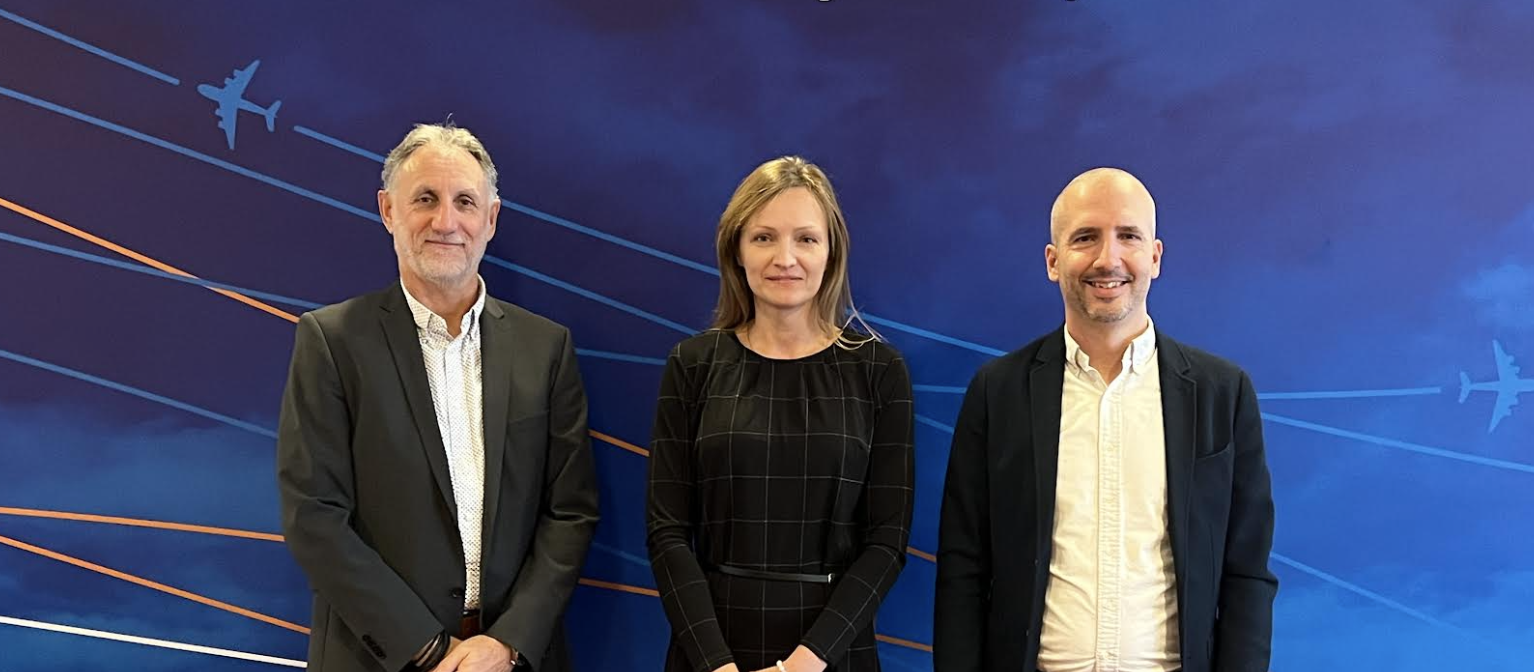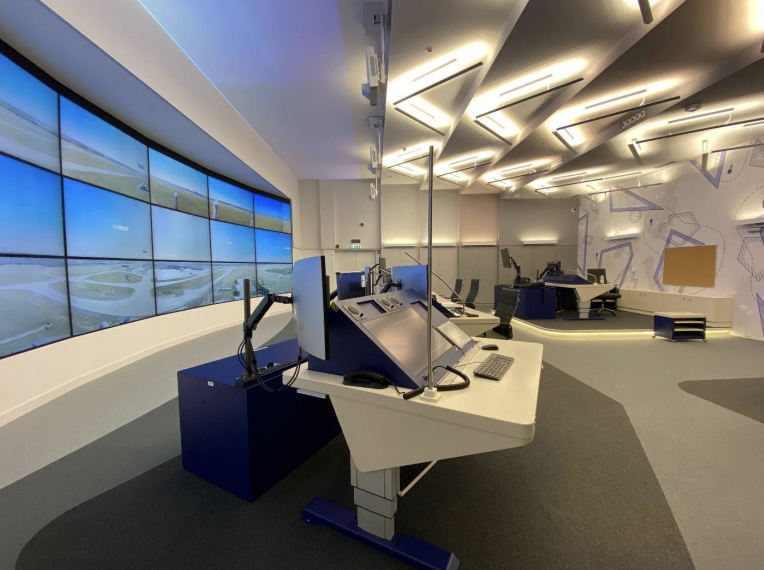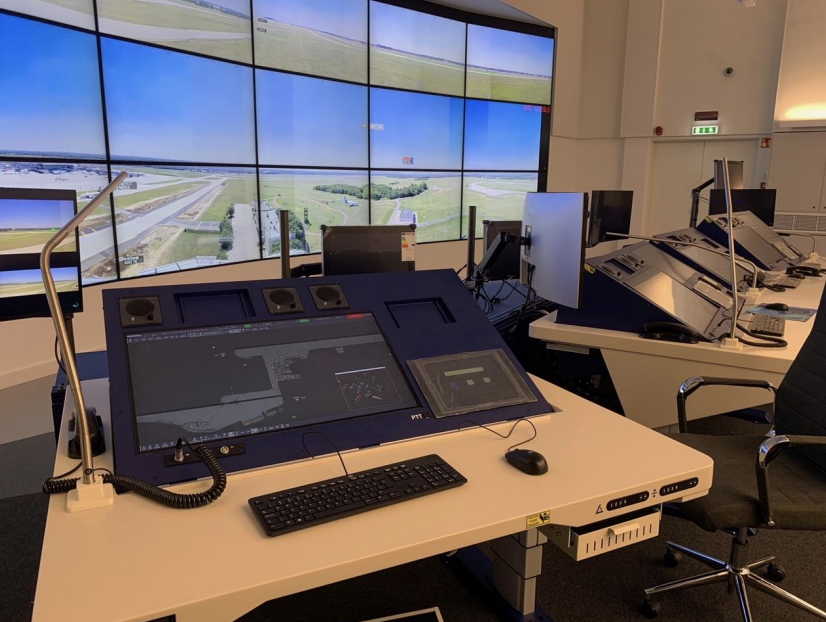If someone says they are an air traffic controller who works in a tower, most of us immediately think about the height and maybe a location in the aerodrome, number and size of windows of that tower and also we imagine them having second to the best view for an “office” (first one being the cockpit, of course). But imagine having tower-provided-services inside a regular one- two, maybe three story building, with so to say normal construction and maintenance budget. This is what I found a while ago, visiting the remote tower of our friends and colleagues in Hungarocontrol.

It was my first time and we all know that first times might be the ones with the best or the worst impressions. Mine, luckily, was the best one. I have never visited a remote tower before and let me tell you, I think we can’t go back from that. The bar was raised very high.. If an air navigation service provider is considering renewing, refurbishing or even building a new tower, they should start with the same visit - to an operational, or a remote tower which is being renewed or updated. Yes, you read that correctly. In Hungarocontrol the remote tower is already being updated and with the lessons learned it will have, I would say, everything a tower air traffic controller wants. Including a perfect 4k view of the whole airfield, which makes their situational awareness so much better or labels with essential information being placed right next to the aircraft concerned. To give one example - with the view quality of recent technologies an air traffic controller will recognize light rain, which is crucial for operations, whereas with HD resolution it is not possible. It is, of course, only my suggestion, but unless the air navigation service provider wants a safe service - 4k is the technology they want to install.
During this visit I was able to talk to technical and operational staff which for the project manager should be obligatory in any project they are taking on or would like to work on. Only the essential personnel is able to say exactly what safe operations need and what “small details” like features have to be present in a newly installed system (be it ATM, voice or any other operational system). Given that this operational staff knows what manufacturers offer.
Having in mind this, people I met in Budapest, were very open and willing to collaborate and communicate about the previously mentioned features which were picked already and they are pretty close to going into full time operations for the Budapest international airport. You might think that the remote tower technology is meant for only several movements a day, when in fact it is not always like it. There are many towers across the world, which served well for decades and it is time either for a grand renewal or even a new, bigger, higher tower for more people, more equipment, etc. The decision has to be made taking into consideration the financial aspects, indeed. One can’t just go around throwing money away only for a “new trend” and think that buying new equipment will make people happy to, for example, be moving to another city. It is similar to when we buy a newer, nicer phone and think now our problems are solved. For a day, for some - for a week - their mood will be better - yes, but that is a very temporary emotion. This is where we come to a point where “thinking people” should always come first and “thinking equipment” follows.

I like to say - happy air traffic controllers will work with any technology they have at hand. So what do companies, changing to the remote towers do, to keep their people happy and willing to work in a new office at the computer screen instead of a real “window seat”? What kind of programme do they implement for their personnel and what kind of people work on it, who would take into account the importance of change management? Human factors in a change like this is a key aspect of acceptance. Not only the system changes for an ATCO, but the whole environment, in some cases - people have to take their families and move several hundred kilometers away from the place they now call their home.
It is not always a bad thing - if one was working in a distant place, they might be happy moving to a more urbanized surroundings with more things to do. But that is for decision makers of the ANSP to find out and take care before, during and after the new remote tower was built and went operational. People come first. Always.
With all the above, I was happy to learn that at least one ANSP in Europe - Hungarocontrol - have considered human factors as a starter of a project like this and I do hope that the others will see a good example and follow.




